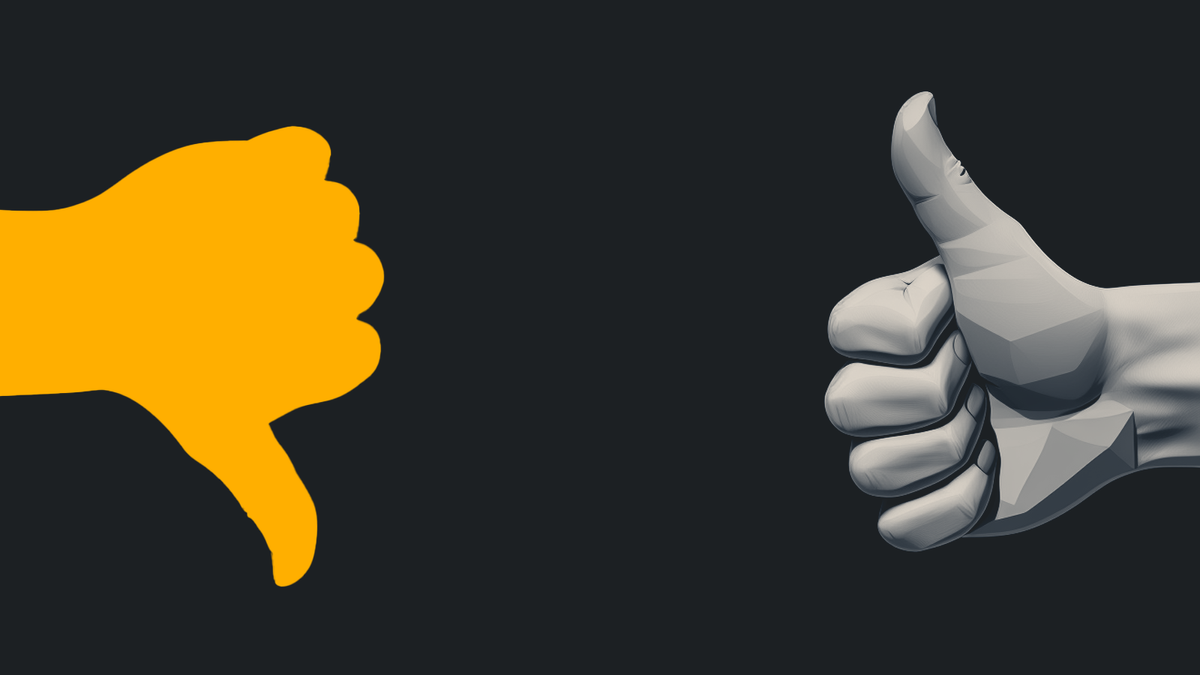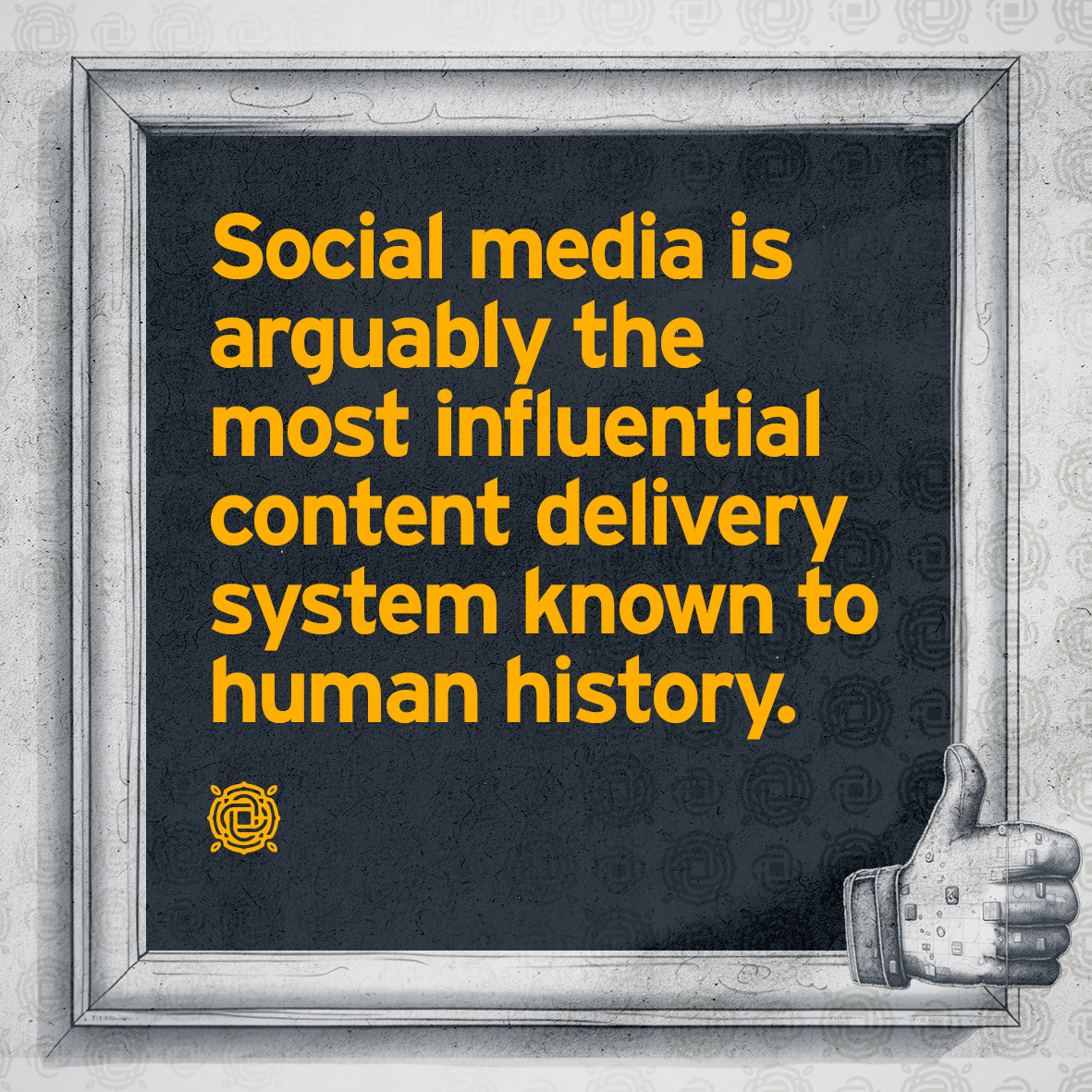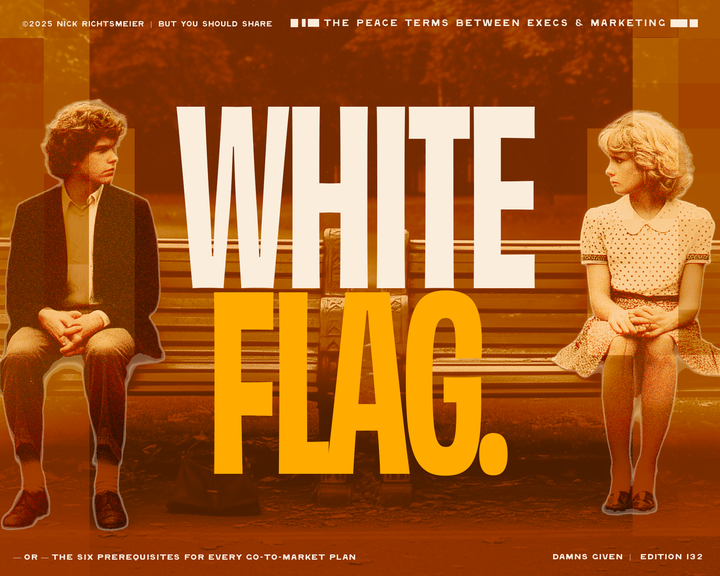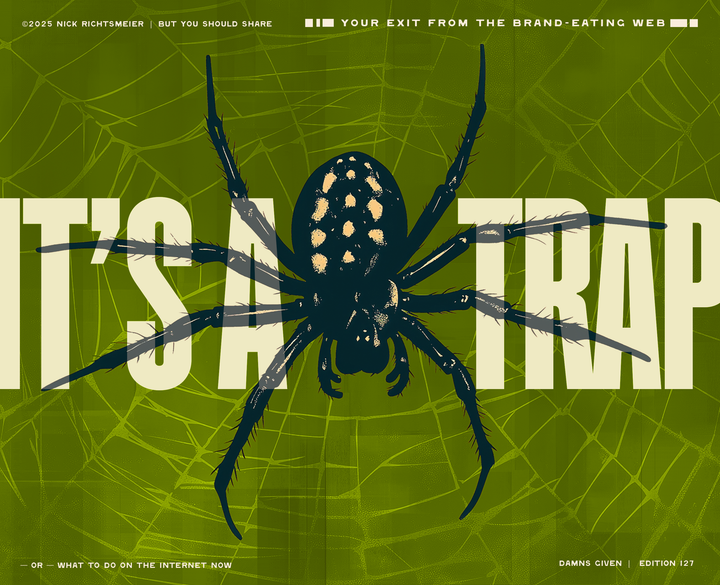What if social media has outlived its usefulness?
Social media is arguably the most influential content delivery system known in human history. It has vexed us, inspired us, connected us, and polarized us. But now something new emerges from the zeitgeist: Can you grow a business without using it at all?

Want to guess someone’s age? Ask them what they think about social media.
- Have nostalgic feelings about the good old days of Facebook? You’re probably between in your late 30s remembering a Facebook before your mom was allowed on.
- Used it for a while to spy on all your high school classmates and now think its too political? You’re probably in your 40s.
- Can’t believe people post they’re real names and put out their real opinions, preferring to either connect with your friends or use it to watch videos? Hello 20-something.
- Have an account you never use cause you can get family updates from your wife’s account? Male 50+.
Social media is arguably the most influential content delivery system known to human history. It has vexed us, inspired us, connected us, polarized us. It has elected presidents, toppled regimes, and memed us into oblivion.
From a business perspective, I’ve worked alongside those who use it like oxygen and those who hold their nose over it like stinky cheese. I’ve seen in move revenue in the hundreds of thousands of dollars a month, and I’ve seen it waste time, energy, talent and brand equity.
But it wasn’t until the dark veil of the pandemic lockdowns started to lift that something new emerged into the zeitgeist, a question:
Can you grow a business without using it at all?
ISH TO KNOW FIRST
What we call “social media” is actually four things at once with various platforms weighted disproportionately in each:

- Broadcast Channel – The closest we have to the “legacy” purpose of social media, this was inherited from the blogging days of 2002. People (and brands) use the platforms to broadcast to as many people as possible the messages, images, and content they believe gets them the attention they want. What we now call “vanity metrics” – likes, views, etc. – are really just the best way to measure this nearly ancient form of social media usage.
- Advertising Channel – The monetization of social was one of the late 2000s great questions. Thank goodness Sheryl Sandberg leaned in and answered in for us: advertising. Most platforms now provide very little reach for your broadcasting unless you “boost” them. (This has always seemed to me a very sly way to say a very crass thing.)
- Engagement Channel – Twitter with its quick wit, daily zeitgeist, and influx of celebrity and media contributors was the high point of the engagement channel phenomenon. The purpose of the platform was less to speak than to interact. Engagement (a popular metric including comments, shares, etc.) has kept its hold on brands imaginations the strongest.
The draw of engagement created the 21st century’s most impactful innovation: The VOP: Very Online Person. A creature who eventually found a way to monetize their genetic mutation as an Influencer. - Community Channel – The dividing line between Geriatric Millennials and their younger siblings is one word: Snapchat. Watching their predecessors lose their privacy to the platforms taught those folks born from 1990-2000 that the real power of SM was in its walls. Enter Snapchat, Discord, Reddit, and the like. Walled platforms where people can control who gets in and who doesn’t. Facebook has their “Groups” and Twitter has its “Circles” but the secondary platforms continue to be the places setting the tone for social seclusion.
You may wonder where the behemoth Gen Z engine and surveillance arm of the Chinese government known as Tik Tok fits in? How about YouTube? Because these have more in common with Netflix than they do Facebook (don’t tell Instagram)… they fall into a different category. So you’ll have to stay subscribed for when we dive into those polluted waters.
THE “IT DEPENDS” SECTION
One of the collision zones between leaders and their marketing departments is social media. Marketers by and large have drank the Kool-Aid (as a former consumer, I can empathize) that there is no marketing in the 21st century without social media.
But what we know now is that isn’t true. Several large brands closed their accounts in 2022 saying that the mental health woes of social conflicted with their organization’s values.
Of course, whenever something as complex and strategically fraught as social media comes up, the answer is always, “it depends.” But what factors should you consider in making this decision. And maybe the decision isn’t “yes” or “no” but “which ones” and “how?”
As brands traverse the question of social media in their growth plans, here are a few key questions to consider:

- Are we comfortable with slow? Most social media falls into the category of “brand marketing” which doesn’t tend to produce quick results.
- What is our digital advertising budget and what are our expectations of ROI? Getting into paid social is not for the faint of heart. It requires expertise, resilience and, yes, you guessed it, BUDGET. Don’t start boosting random posts and expect the money to start pouring in. That’s usually how the money starts pouring out.
- Where are our clients? The nature and volume of social media use has transformed substantially in the last 5 years. Do you know where your customers spend time? Is it really on Instagram?
- What are we willing to do? And who is willing to do it? The least effective form of social media today is Broadcast. So spending a lot of time thinking about what you’re going to post and not considering any other actions on social may not be worth your time. The corporate social account is the least effective platform most of the time. Will sales people be active? The CEO? People trust people, not brands. Particularly on social.
IF YOU’VE MADE IT THIS FAR, YOU DESERVE A REAL ANSWER
At CultureCraft we are generally bearish on most social media platforms today. The ones with the largest reach (Facebook, Instagram, Twitter) are currently run by unreliable leadership teams who continue to undermine the experience and because of their business decisions (FB/IG burning money in the Metaverse and Twitter’s revenue implosion).
The platforms are desperate for cash. And so unless you are going all-in on paid, these traditional platforms will probably underserve you.
In addition, data privacy is fast evolving and first-party engagement with your customer is more important than ever. Outsourcing your community building to platforms who don’t have your best interests in mind is a less than savory possibility.
The highest and best use for social right now IS Community Building. But that requires brand leaders, team members, and affiliates to be actively engaging on other people’s content as a first priority. Most teams are struggling to get this implemented. Even with the best of intentions.
So what happens? We spend a lot of time writing LinkedIn posts that 35 people read.
If you already have a strong network of engagement on a platform, as we do on LinkedIn, then it can be worth it to continue to experiment with serving and growing that audience. You can also use platforms as public catalogs of your content as we’ve done with Instagram.
The answer isn’t “we’ve got to be on social.” The answer is, as always, a question: What tension in the life of your customer are you trying to solve and what is the role of social in solving that tension?
LET’S CHAT.
As with most tactical questions, the question of social is masking a better one. (See above.) Every day we help organizations like yours find their place in a fast moving market and break through the barriers to new growth that their past growth created.
No obligation. No pitch. Let’s chat.



